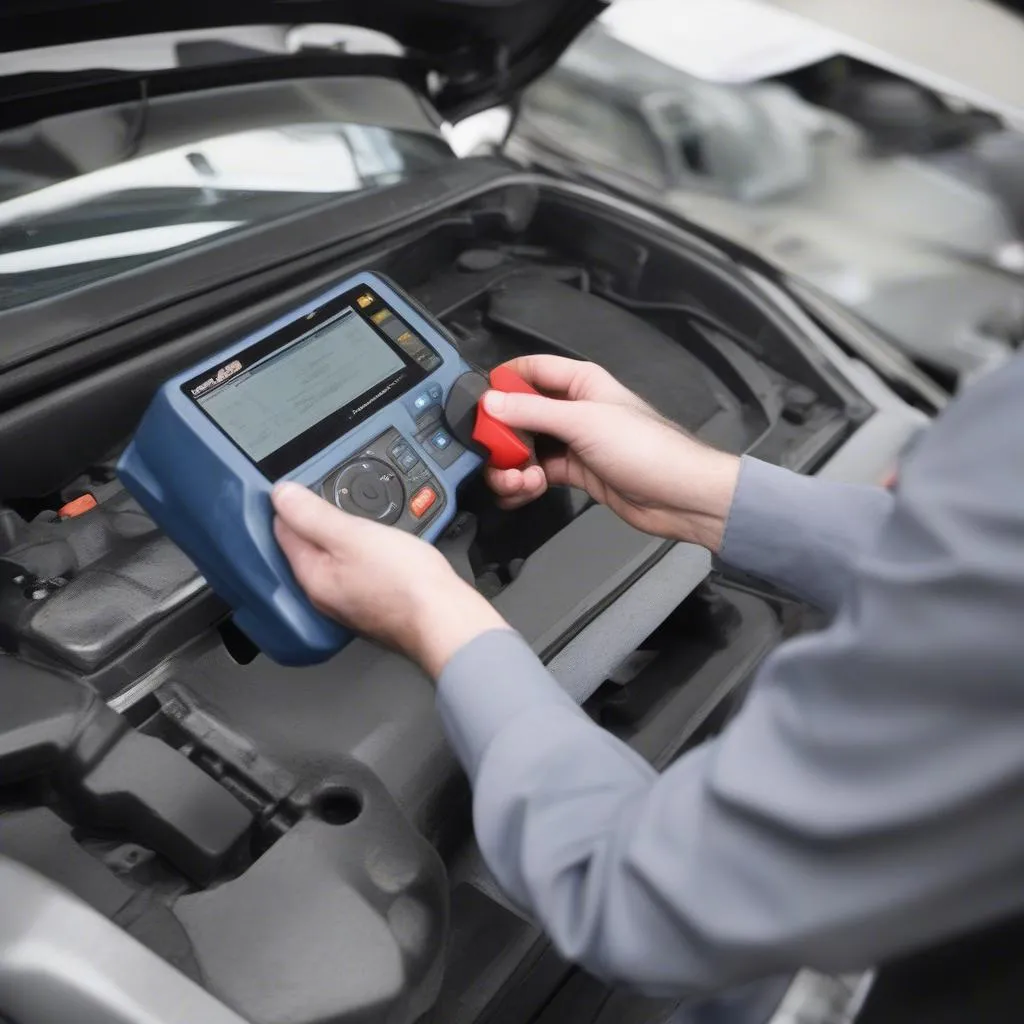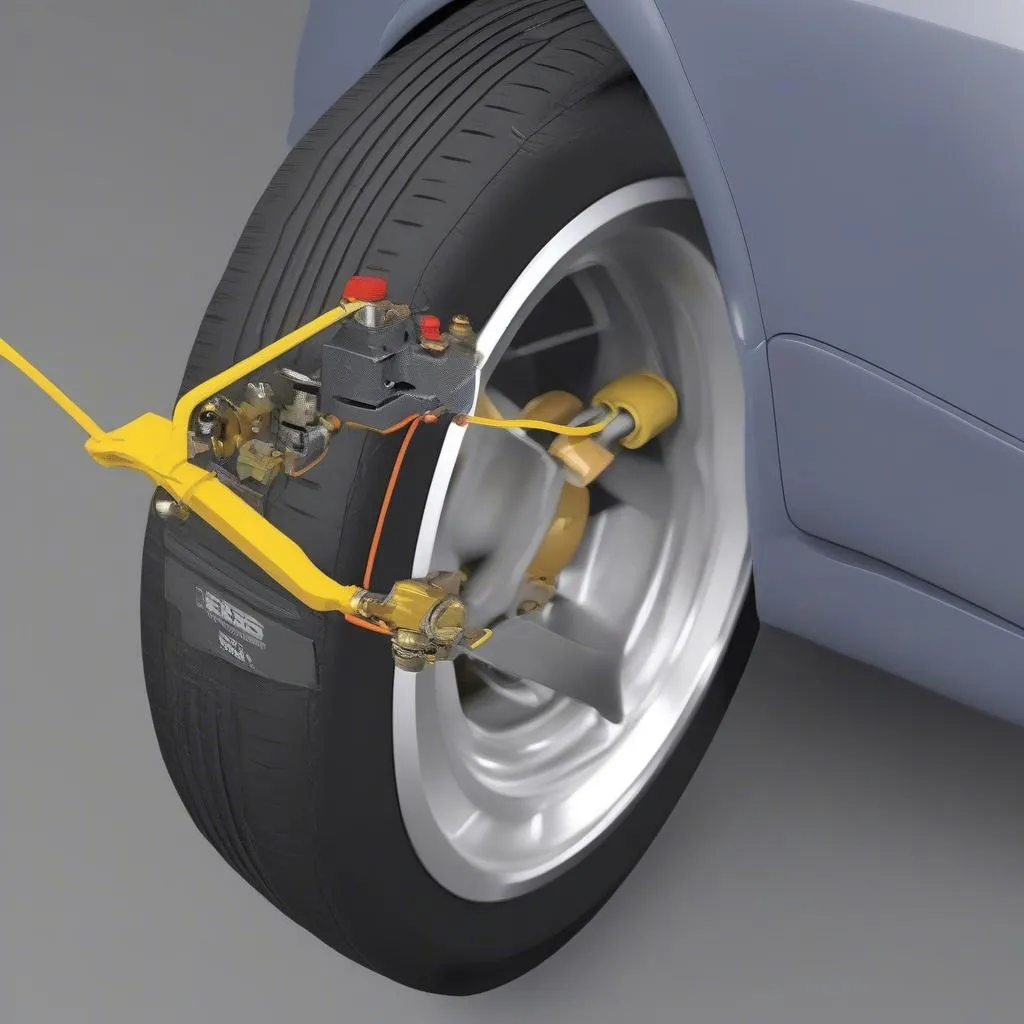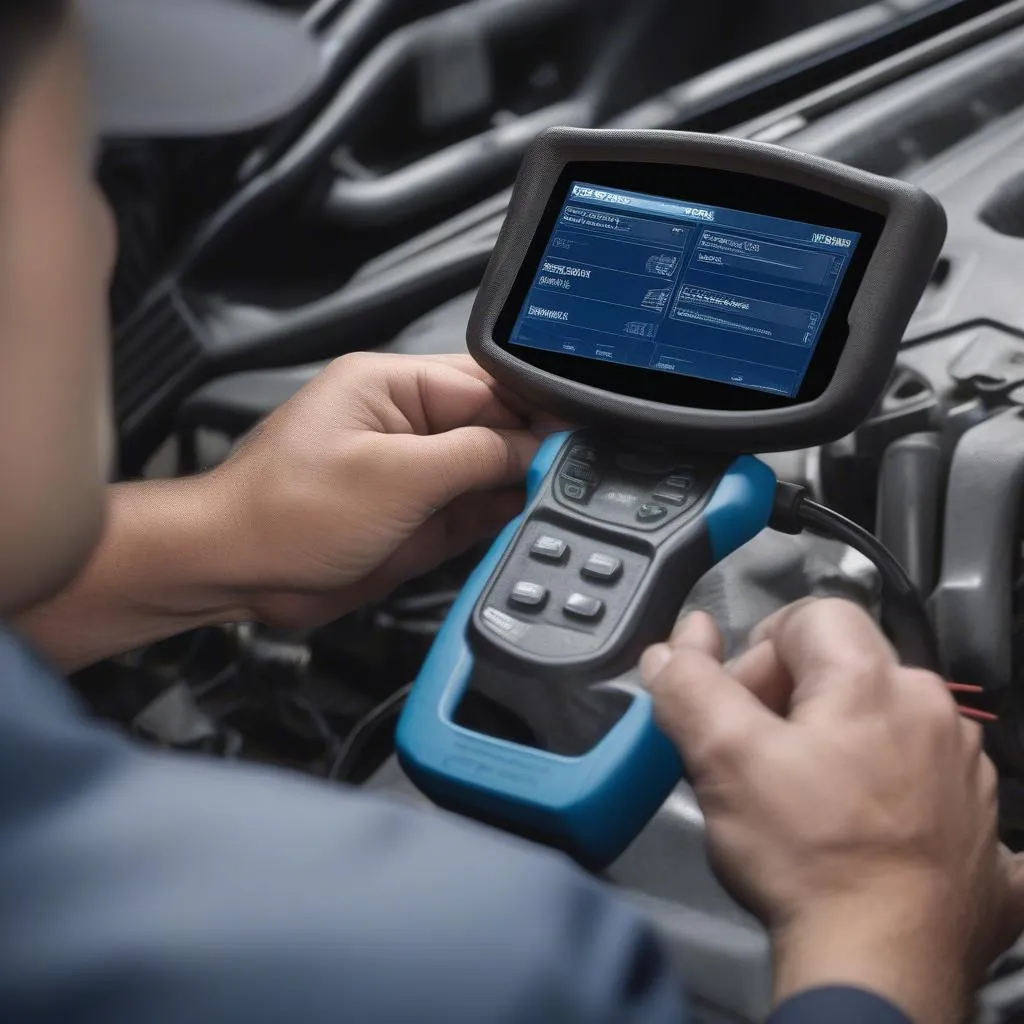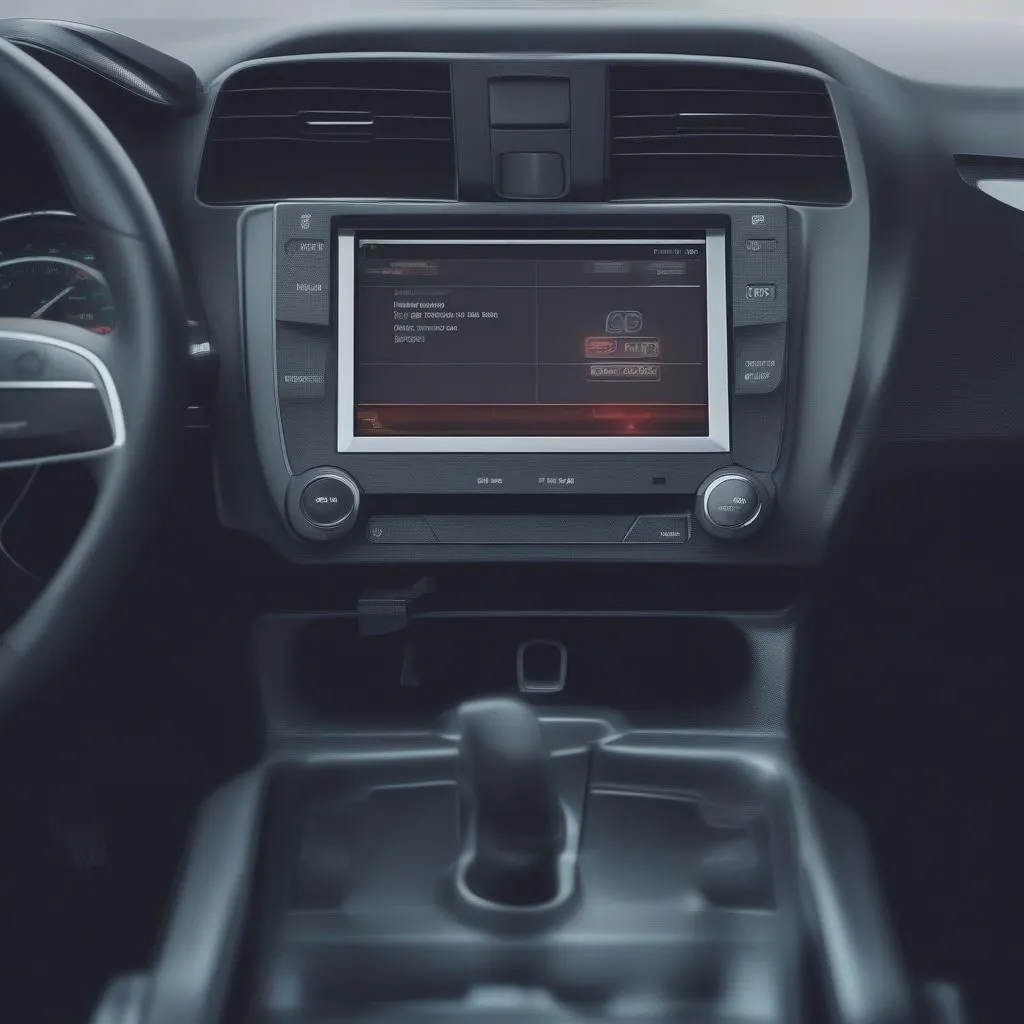Imagine this: you’re working on your car’s brakes, and you realize you need to bleed the system. But there’s a problem – your ABS system is acting up, and you don’t have a scan tool handy. What do you do? Can you bleed the ABS brakes without a scan tool?
This is a common question among car owners and mechanics alike. The answer isn’t as simple as a yes or no. Let’s dive deeper and understand what’s involved.
Why You Need a Scan Tool to Bleed ABS Brakes
Before we dive into the potential solutions, it’s essential to understand why a scan tool is typically needed.
The Role of the ABS Module
Your car’s Anti-lock Braking System (ABS) module is a complex piece of technology that controls the brake system, preventing the wheels from locking during hard braking. The ABS module uses a network of sensors and actuators to monitor and adjust the brake pressure. This is where the scan tool comes into play.
Why a Scan Tool is Necessary
A scan tool allows you to access the ABS module, enabling you to:
- Cycle the ABS pump: This forces the brake fluid through the system, pushing out any air bubbles.
- Verify the ABS module is functioning correctly: The tool can diagnose potential issues within the ABS system.
Note: The ABS system is a complex network of sensors, actuators, and electronic control modules. It’s crucial to approach repairs with caution and proper understanding.
How to Bleed ABS Brakes Without a Scan Tool
So, what can you do if you don’t have a scan tool? While it’s generally recommended to use a scan tool for bleeding ABS brakes, here are some techniques that may work in some situations:
1. Traditional Bleeding Method (Limited Success)
This method relies on the traditional brake bleeding process, but with some crucial considerations:
- Open the Bleeder Valves: Start by opening the bleeder valves on each wheel, starting with the furthest point from the master cylinder and working your way closer.
- Pump the Brake Pedal: Pump the brake pedal several times to build up pressure and force the fluid out of the system.
- Hold the Pedal: Once pressure is built up, hold the brake pedal down while opening the bleeder valve.
- Catch the Fluid: Have a container ready to catch the fluid.
- Repeat the Process: Close the bleeder valve, release the pedal, and repeat the process until clear fluid comes out of the valve.
However, this method may not fully bleed the ABS system. It might work for some vehicles or simple brake fluid changes, but it’s unlikely to completely remove all air bubbles from the ABS module.
2. Gravity Bleed (Limited Success)
The gravity bleed method relies on the natural flow of fluid due to gravity.
- Raise the Vehicle: Jack up the vehicle and support it securely on jack stands.
- Open the Bleeder Valves: Open the bleeder valves on each wheel, starting with the furthest point from the master cylinder.
- Let the Fluid Flow: Allow the fluid to flow naturally out of the system.
- Monitor for Bubbles: Keep a close eye on the fluid as it flows out, looking for bubbles.
- Top Off the Master Cylinder: Monitor the fluid level in the master cylinder and top it off as needed.
Again, this method may not fully bleed the ABS system and might not be effective on all vehicles.
Key Considerations & Warnings
- Safety: Bleeding brakes is a critical task. Always follow safety precautions and ensure the vehicle is properly secured before working on it.
- Vehicle Specifics: The bleeding process can vary depending on the vehicle’s make and model. Consult your vehicle’s repair manual for specific instructions.
- ABS System Complexity: Attempting to bleed ABS brakes without a scan tool can be a risky endeavor. The system’s complexity and potential for damage necessitate a professional approach.
- Professional Assistance: If you’re unsure about any aspect of the bleeding process, it’s always best to consult a qualified mechanic or auto technician.
Frequently Asked Questions
- Q: Can I bleed my ABS brakes without a scan tool?
- A: It’s possible to try traditional bleeding methods, but they may not completely remove all air bubbles from the ABS module. It’s generally recommended to use a scan tool for a proper bleed.
- Q: What are the risks of bleeding ABS brakes without a scan tool?
- A: You risk not fully bleeding the system, which can lead to poor braking performance, ABS malfunctions, and potential damage to the ABS module.
- Q: Can I use a vacuum bleeder to bleed ABS brakes?
- A: While vacuum bleeders can be helpful for traditional brake bleeding, they typically don’t have the functionality to cycle the ABS pump and fully bleed the system.
- Q: What’s the best way to bleed ABS brakes without a scan tool?
- A: The most effective method is using a scan tool to access and cycle the ABS pump.
The Bottom Line
While it’s tempting to try to bleed ABS brakes without a scan tool, it’s generally not advisable. The complexity of the ABS system requires a specialized tool to ensure a proper bleed. Always prioritize safety and consult with a qualified technician if you’re unsure about any aspect of your vehicle’s brake system.
If you’re looking for assistance with diagnostics and repairs, contact us at Diag XCar. Our team of specialists can provide the expertise you need to keep your vehicle running smoothly.
Contact us
WhatsApp: +84767531508
 Scan Tool For ABS
Scan Tool For ABS
 ABS Brake System
ABS Brake System


